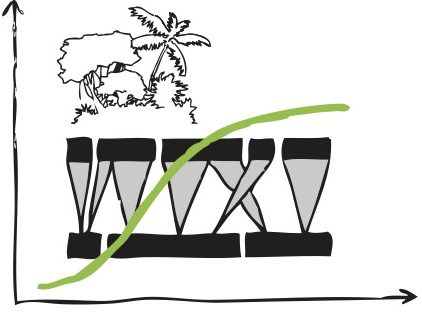Trees host multiple microhabitats
Niche differentiation is one of the key drivers of the biodiversity of coexisting species. Trees can provide very heterogeneous conditions from the bottom of the trunk to the upper twigs that can be used by a large variety of taxa. In two large Research Units, the lowland forest of Reassembly …

